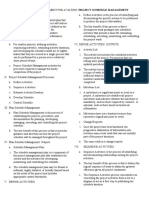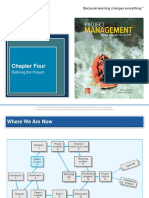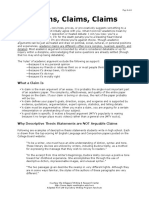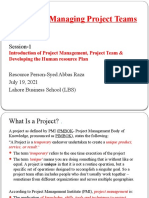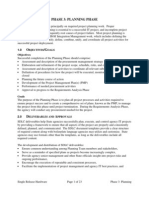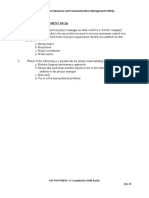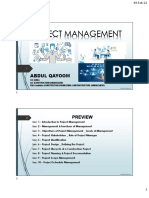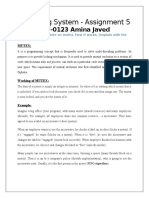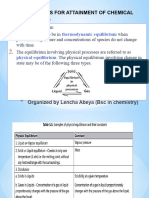0% found this document useful (0 votes)
110 views7 pagesChapter 4 - Defining The Project
Chapter 4 focuses on defining the project scope, establishing project priorities, and creating a Work Breakdown Structure (WBS) to ensure project success. It emphasizes the importance of a well-defined project scope to avoid scope creep and outlines the steps for collecting project information, including objectives, deliverables, and milestones. The chapter also discusses integrating the WBS with organizational structures and coding it for information systems to facilitate project management and control.
Uploaded by
Usagi TsukkiCopyright
© © All Rights Reserved
We take content rights seriously. If you suspect this is your content, claim it here.
Available Formats
Download as PDF, TXT or read online on Scribd
0% found this document useful (0 votes)
110 views7 pagesChapter 4 - Defining The Project
Chapter 4 focuses on defining the project scope, establishing project priorities, and creating a Work Breakdown Structure (WBS) to ensure project success. It emphasizes the importance of a well-defined project scope to avoid scope creep and outlines the steps for collecting project information, including objectives, deliverables, and milestones. The chapter also discusses integrating the WBS with organizational structures and coding it for information systems to facilitate project management and control.
Uploaded by
Usagi TsukkiCopyright
© © All Rights Reserved
We take content rights seriously. If you suspect this is your content, claim it here.
Available Formats
Download as PDF, TXT or read online on Scribd
/ 7

